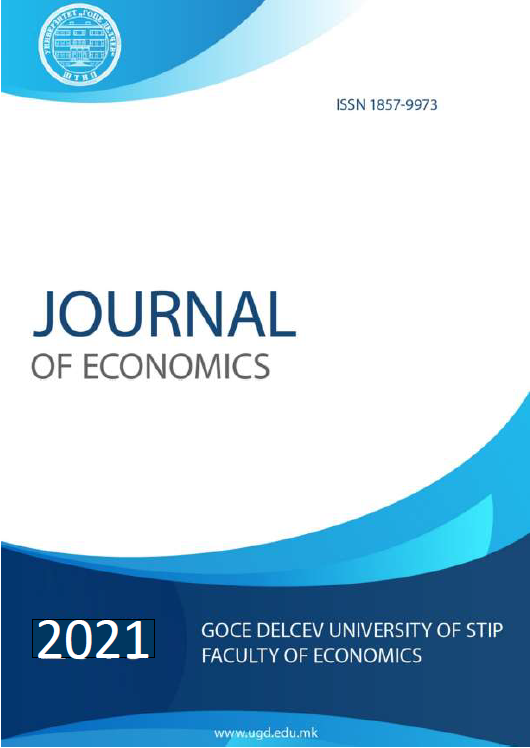Employee motivation-factor for success
DOI:
https://doi.org/10.46763/JOE216.2056sKeywords:
leadership; behavior, environment; motivation; managementAbstract
Learning how to get the most productivity out of the people you work with can be a powerful and critical function of the leadership of a company. How to influence employee behavior is considered a rare and special skill that companies around the world seek in leaders that they hire. Individuals interested in building a foundation for a successful leadership career should focus their learning on how to create a positive environment and effect for change on their team and those employees that they supervise. Management is considered to be a social art that often requires a personal touch. A successful manager needs to constantly maintain their team’s motivation. With an effective motivation scheme in place, managers are much more likely to retain the most talented employees and achieve goals.
In the context of the problem of the impact of motivation on the components of the operational level of management, the paper first reviews the most important aspects of employee motivation and components of the operational level of management, and then shows the course of empirical research on the problem - monitoring the situation in our country and contributing to the fund of scientific knowledge in the field of management.


